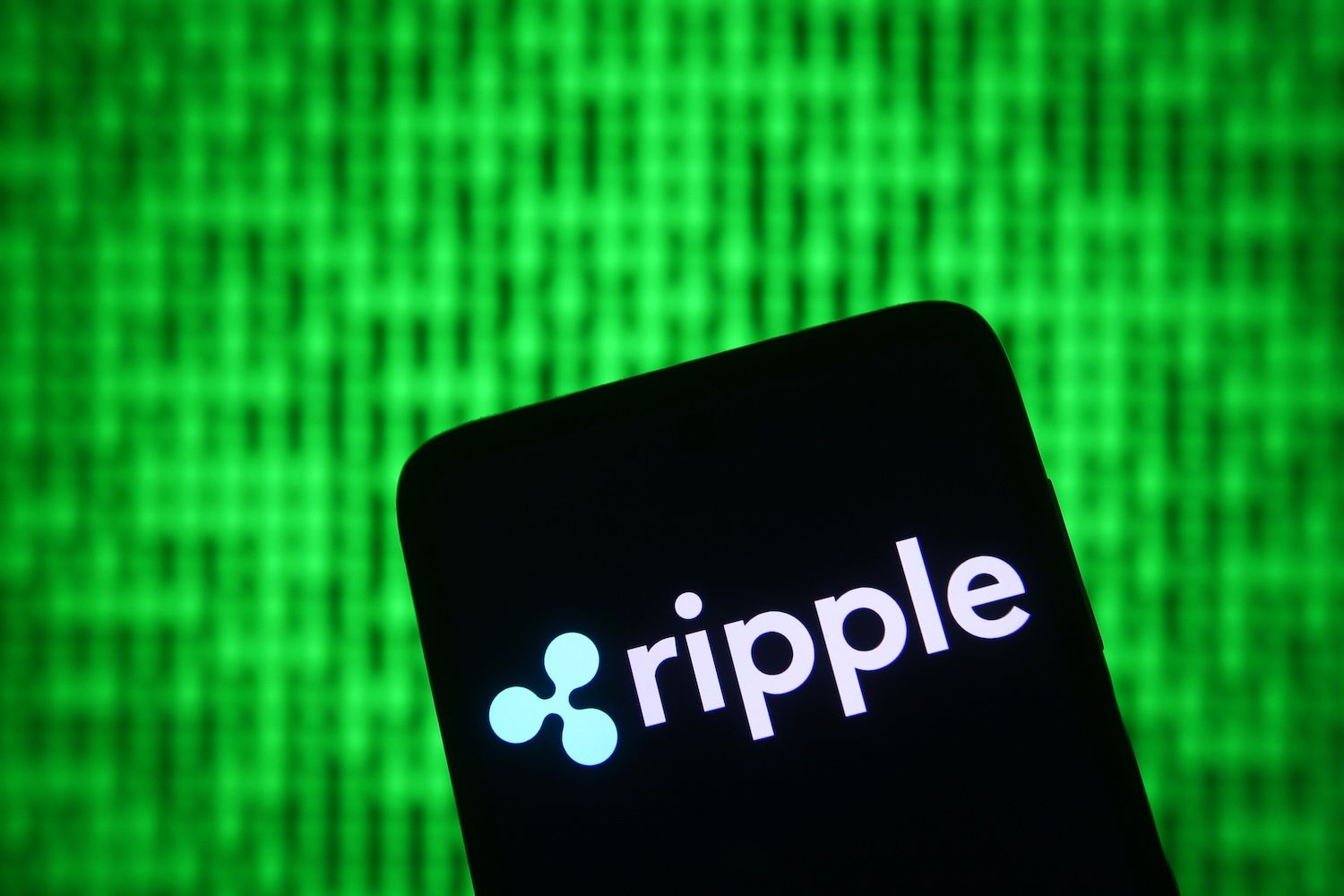Ripple’s Game-Changer: Wormhole Protocol Bridges XRP Ledger to 35+ Blockchains
Ripple just pulled off a crypto coup—integrating Wormhole Protocol to smash barriers between XRP Ledger and over 35 blockchains. Suddenly, cross-chain liquidity isn’t just theoretical.
Why it matters: This isn’t another ‘partnership’ press release. Wormhole’s bridge tech lets XRP escape its silo—connecting to Ethereum, Solana, and chains you’ve never heard of. Traders get new arbitrage playgrounds; developers tap multi-chain users overnight.
The fine print: Interoperability solves one problem while creating others—gas fees, bridge hacks, and the eternal ‘why do we need 35+ chains anyway?’ question. But hey, at least it’s not another CBDC pilot.
Bottom line: Ripple’s playing chess while others stack Satoshis. Whether this fuels real adoption or just more speculative spaghetti (throw tokens at chains, see what sticks), 2025 just got more interesting.

What to Know:
- Wormhole integration allows XRP and tokenized assets to move across 35+ blockchain networks
- The move addresses institutional demand for interoperable blockchain infrastructure solutions
- Ripple's RLUSD stablecoin currently maintains $400 million in circulating supply across networks
Strategic Infrastructure Development
The integration addresses growing institutional demand for interoperable blockchain infrastructure by reducing friction in cross-chain asset transfers. Wormhole's messaging protocol enables developers to execute smart contract interactions across multiple networks simultaneously.
This development facilitates the creation of scalable, compliance-focused decentralized applications that can operate across various blockchain ecosystems. The protocol's cross-chain capabilities allow for more sophisticated financial products and services.
Ripple CTO David Schwartz emphasized that mainstream blockchain adoption requires infrastructure extending beyond single-chain limitations. The Wormhole integration preserves native controls and issuance frameworks while enabling cross-chain functionality.
Real-World Asset Tokenization Focus
The XRP Ledger has positioned itself as a hub for institutional finance and tokenized real-world assets. Dubai's first real estate tokenization platform, built on XRPL, demonstrates practical applications by enabling fractional property ownership and on-chain title deed tokenization.
This real estate platform exemplifies how traditional assets can transition to blockchain infrastructure while maintaining regulatory compliance. The integration supports various asset classes beyond cryptocurrency.
Financial institutions increasingly seek blockchain solutions that can handle traditional asset tokenization while ensuring regulatory adherence. The XRPL's architecture supports these institutional requirements through its built-in compliance features.
Stablecoin Market Expansion
Ripple's regulated stablecoin, RLUSD, operates on both XRP and ethereum networks with a current circulating supply of $400 million according to rwa.xyz data. The stablecoin represents Ripple's entry into the growing digital dollar market.
The RLUSD integration across multiple networks provides users with flexible options for digital dollar transactions. This multichain approach reduces dependency on single blockchain networks while expanding accessibility.
Stablecoin adoption continues growing among institutional users seeking digital payment solutions with traditional currency stability. Ripple's regulated approach appeals to institutions requiring compliance certainty.
Market Positioning and Future Outlook
The Wormhole integration positions Ripple competitively within the evolving multichain economy by connecting XRPL to the broader Web3 ecosystem. This connectivity enables enterprises and developers to access XRPL's low-cost, fast-settlement capabilities while maintaining interoperability with other major blockchain networks.
Cross-chain functionality has become essential for blockchain platforms seeking institutional adoption. The integration removes technical barriers that previously limited asset movement between different blockchain ecosystems.
Closing Thoughts
Ripple's Wormhole integration represents a significant step toward comprehensive blockchain interoperability, enabling XRP and tokenized assets to operate seamlessly across 35+ networks. This strategic MOVE strengthens Ripple's position in institutional finance while expanding accessibility for developers building multichain applications.

